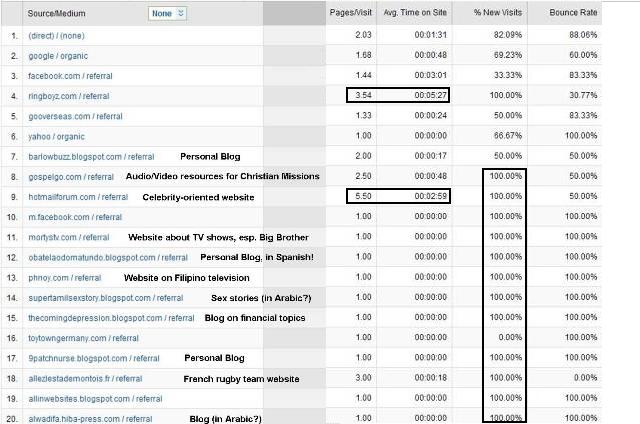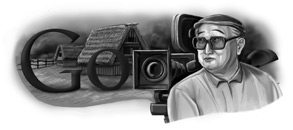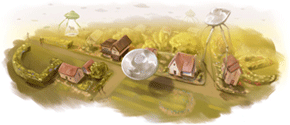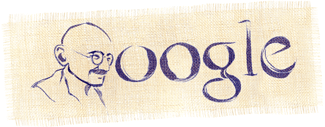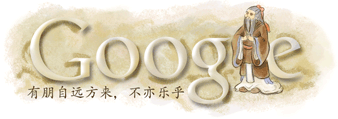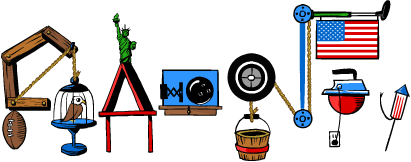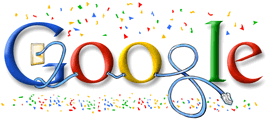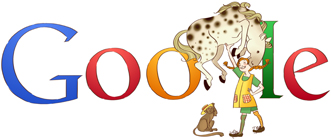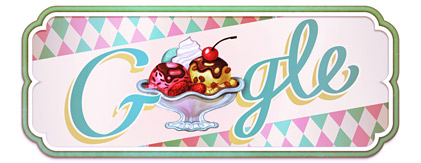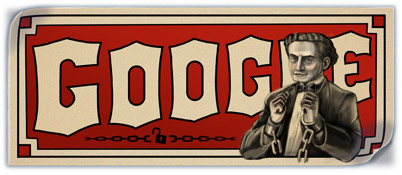CNN.com doesn't get Oktoberfest
 Sunday, February 3, 2013 at 19:19
Sunday, February 3, 2013 at 19:19 This post has been sitting in the "to do" list for a while... and even though it's long past Oktoberfest 2012 it must be written. CNN.com's coverage of Oktoberfest 2012 was sloppy. To be precise, the photos were fine (some actually quite nice) but the captions were crap. Some were outright misrepresentations, and some were just poor English -- but in every case you'd expect better. (Schnitzelbahn's English isn't spotless by any means, but wouldn't CNN reach for a higher standard? After all, we don't get paid for this!)
We're guessing that an unpaid intern wrote the captions after some Google searches! Or maybe they just took content from German news agencies and used Google translate? (It's almost certainly the latter, because a few photos showed German celebrities or soccer stars who don't mean much to a U.S. audience.) Let's take a look at the issues:
First, notice the "featured" item in the lower half of CNN.com front page called "Photos: Oktoberfest beer festival is back". This was the link to their series of photos on the CNN website.

To start, Oktoberfest is not technically a "beer festival". Beer plays a central part (to be fair even Wikipedia calls it a "festival celebrating beer") but it is definitely NOT a beer festival. There are no tastings or exhibits on brewing, no competitions, crowning Ms. Beer 2012, etc.. Just tents where lots of beer is served. The first Oktoberfest was in celebration of the crown prince's wedding, and for the greater part of its history Oktoberfest has been about agriculture and horse races, dancing and rides. Are the summer fairs in the U.S. "cola festivals" because of how much is Coke and Pepsi is consumed?
The next photo described guys wearing "mock lederhosen". Wrong. The three pictured here are actual lederhosen. Wouldn't "mock" lederhosen be made from something other than leather? These look legit to me. To be pedantic: traditional lederhosen are made from deer, so these may not be authentic to the extreme. But by far, most lederhosen sold in German shops today are from goat, but they are still "real" lederhosen.

The next photo describes "typical Oktoberfest badges". These are not "typical" at all! Lebkuchenherz are typical, but these are NOT lebkuchenherz (just made to look like it). These are pins are sold in only one tent (Schottenhamel). Schottenhamel waitresses used such pins as nametags, then Schottenhamel started selling versions to the public a couple of years ago. So these pins are neither popular nor typical. I think it's poor reporting to try and elevate a photo into something "typical" when it's not, when there are so many other traditional things to show.

The photo below says "police officers wait for the opening parade to begin". This could technically be correct, but it's doubtful. These policemen are standing at the entrance to the Wiesn (Oktoberfest grounds) where the opening parade will end. And judging by the crowd, the parade has already started on Sonnenstrasse, and everyone is waiting for the parade to arrive at the fairgrounds. Perhaps pointing this out is nitpicking, but we're seeing a consistently low quality of describing reality.

For the next photo, this may also be English-teacher type grading, but "Bavarian dressed man"??? What does that mean? Bavarian men also wear Ralph Lauren khakis, suits and ties, Levi's jeans, and soccer jerseys. Would a "Texas dressed man" be in cowboy boots? What about jeans and a Cowboy's jersey? It's just cheap journalism.

The next photo has more D- English. The woman below is wearing a dirndl. Or a traditional Bavarian dress. But not a "Dirndl dress". Are they also serving bier beer, bratwurst sausage, and playing fussball soccer? I wonder what my friends who attended Medill would say.

OK, last example below. The description says "waitresses of the Spaten brewery...". This is incorrect on a number of accounts. First, this is the parade cart for the Schottenhamel beer tent. The people on the parade carts (usually horse-drawn) are mostly family members and friends of the family that owns the Schottenhamel tent. Sure, they might invite waitresses to be on the cart, but the cart is about the proprietors of the tent. Schottenhamel happens to have an agreement to serve Spaten beer -- Spaten itself does not have any waitresses, unless they have a restaurant at the brewery. They brew the beer, and Schottenhamel serves it... and the waitresses are not the focus of the parade carts. How many errors is that?

There was at least one other photo caption that used the phrase "Bavarian Dirndl dress". (Sigh) Oddly enough, a different photo said "a woman serves Hendl". Hendl means chicken in German... but they didn't translate it, whereas they felt the need to say "Dirndl dress". I wonder why? (And they capitalized both German nouns... again, why?)
I much prefer positive posts, but this was necessary to show how reality and what you see/read are not always aligned. It's a fun fair in any case, but be careful about what you read about it!
 Herr J ...
Herr J ...  Post a Comment
Post a Comment 




